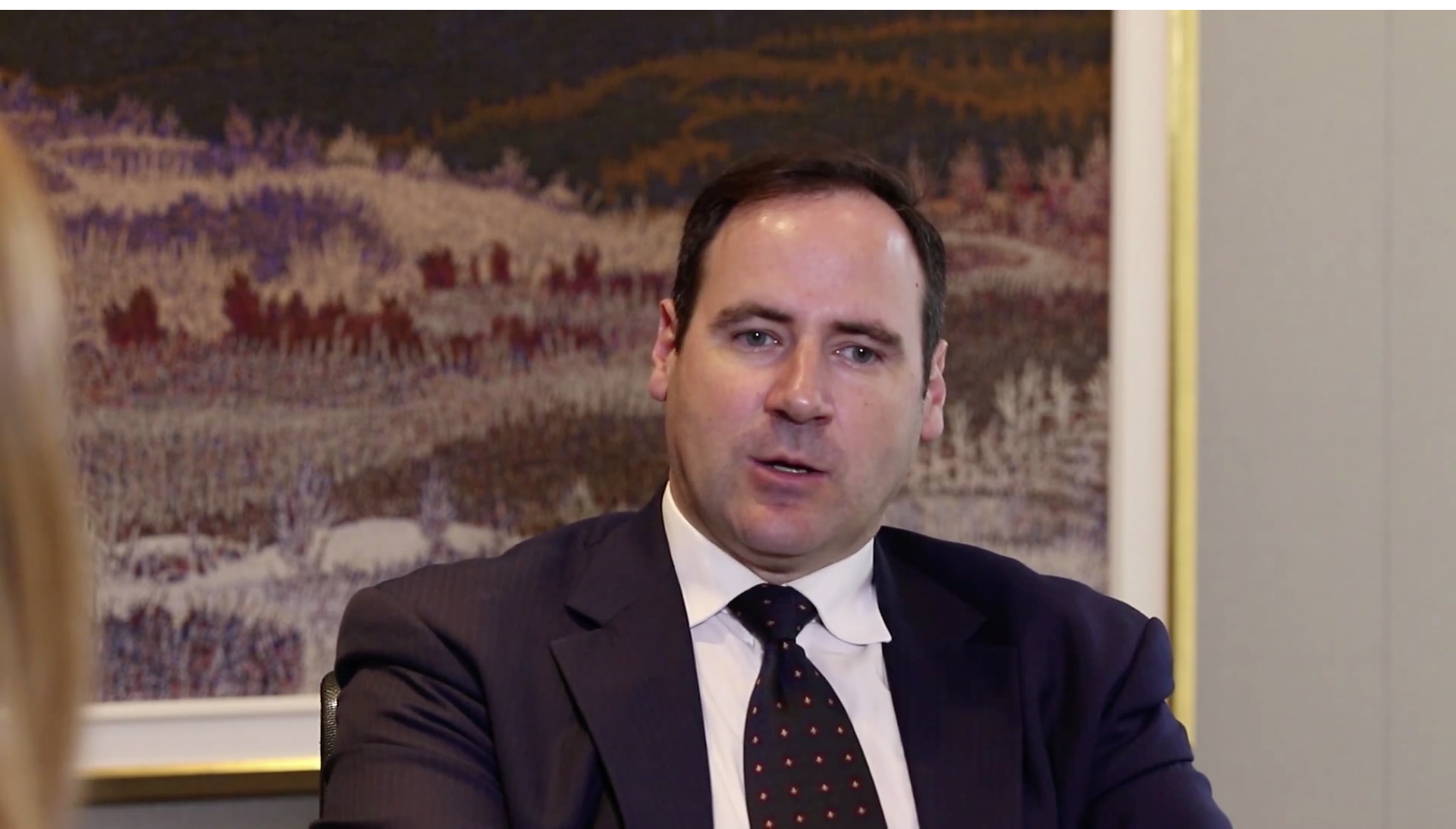The Canada Pension Plan is a government-backed pension program that provides an income to retirees. But because it can only pay up to a specific limit ($1,065 a month in 2015), it should really be seen as just one piece of your overall retirement planning strategy. Jean-Pierre Laporte, a pension expert and the chief executive of Integris Pension Management Corp., told Financial Pipeline co-editor Romina Maurino that a problem with the CPP is the cap on maximum pensionable salary, which creates problems for high income earners.
JP: The problem with the CPP, first of all, is that that $54,000 maximum pensionable salary is not really realistic for a lot of higher earners. So they have to look elsewhere to create a pension because of CPP’s cap. The other problem is that, if you die while in receipt of the CPP, it’s not like a traditional pension plan where the commuted value of all your contributions can then roll over to your spouse. You get a survivor pension, but there is an overall cap. So it’s not that you get one plus one equals two, you get one plus one equals 1.1. So you don’t get the full value of those contributions. There’s a very small death benefit as well, I think it’s $2,500 or something like that. So it’s not a true pension in that sense and it’s okay for people that are not earning as much, but for higher earners it just doesn’t cut it.






